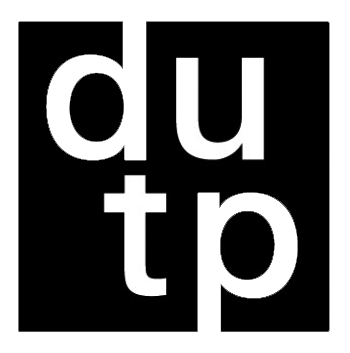METODOLOGÍA DEL ESPACIO PÚBLICO, PROGRAMA DE REGENERACIÓN URBANA DEL IMU
VULNERABILIDAD EN LA PERIFERIA URBANA: EL BESÒS I EL MARESME Y TRINITAT VELLA
DOI:
https://doi.org/10.5821/siiu.12992Resumen
En 2017 el Instituto Municipal de Urbanismo de Barcelona (IMU) inició un Programa de Regeneración Urbana (PRUB), para estudiar los polígonos residenciales más vulnerables de Barcelona, a partir de cuatro fases de investigación, priorizando acciones correctivas en la edificación. Uno de los mayores desafíos urbanos, es lograr la participación ciudadana activa e implicada dentro del proceso del planeamiento urbanístico. Es por ello, que el artículo se enfoca en definir criterios y lineamientos para el desarrollo de una propuesta de regeneración urbana integral para etapas futuras, unificando el ámbito edificatorio y el espacio público en los barrios Besòs i el Maresme y Trinitat Vella. Esta investigación se desarrolla a través de una metodología mixta, que incluye las herramientas técnico-participativas y lineamientos tridimensionales. Por medio de visitas de campo, encuestas a los ciudadanos, entrevista al responsable del IMU y teniendo como referente el POUM (Plan de ordenación urbanística municipal de Cadaqués).
Palabras clave: Regeneración urbana, Vulnerabilidad, Besòs i el Maresme y Trinitat Vella.
Bloque temático: Espacio público.
Publicado
Número
Sección
Licencia
Derechos de autor 2024 Creative Commons

Esta obra está bajo una licencia internacional Creative Commons Atribución-NoComercial-CompartirIgual 4.0.
Aquellos autores/as que tengan publicaciones con esta revista, aceptan los términos siguientes:
- Los autores/as conservarán sus derechos de autor y garantizarán a la revista el derecho de primera publicación de su obra, el cuál estará simultáneamente sujeto a la Licencia de reconocimiento de Creative Commons CC BY-NC-ND- 4.0 que permite a terceros compartir la obra siempre que se indique su autor y su primera publicación esta revista, pero no se pueden cambiar ni se pueden utilizar comercialmente.
- Los autores/as podrán adoptar otros acuerdos de licencia no exclusiva de distribución de la versión de la obra publicada (p. ej.: depositarla en un archivo telemático institucional o publicarla en un volumen monográfico) siempre que se indique la publicación inicial en esta revista.
- Se permite y recomienda a los autores/as difundir su obra a través de Internet (p. ej.: en archivos telemáticos institucionales o en su página web) antes y durante el proceso de envío, lo cual puede producir intercambios interesantes y aumentar las citas de la obra publicada. (Véase El efecto del acceso abierto).











